Home>Furniture & Design>Outdoor Furniture>How To Build An Outdoor Ice Rink
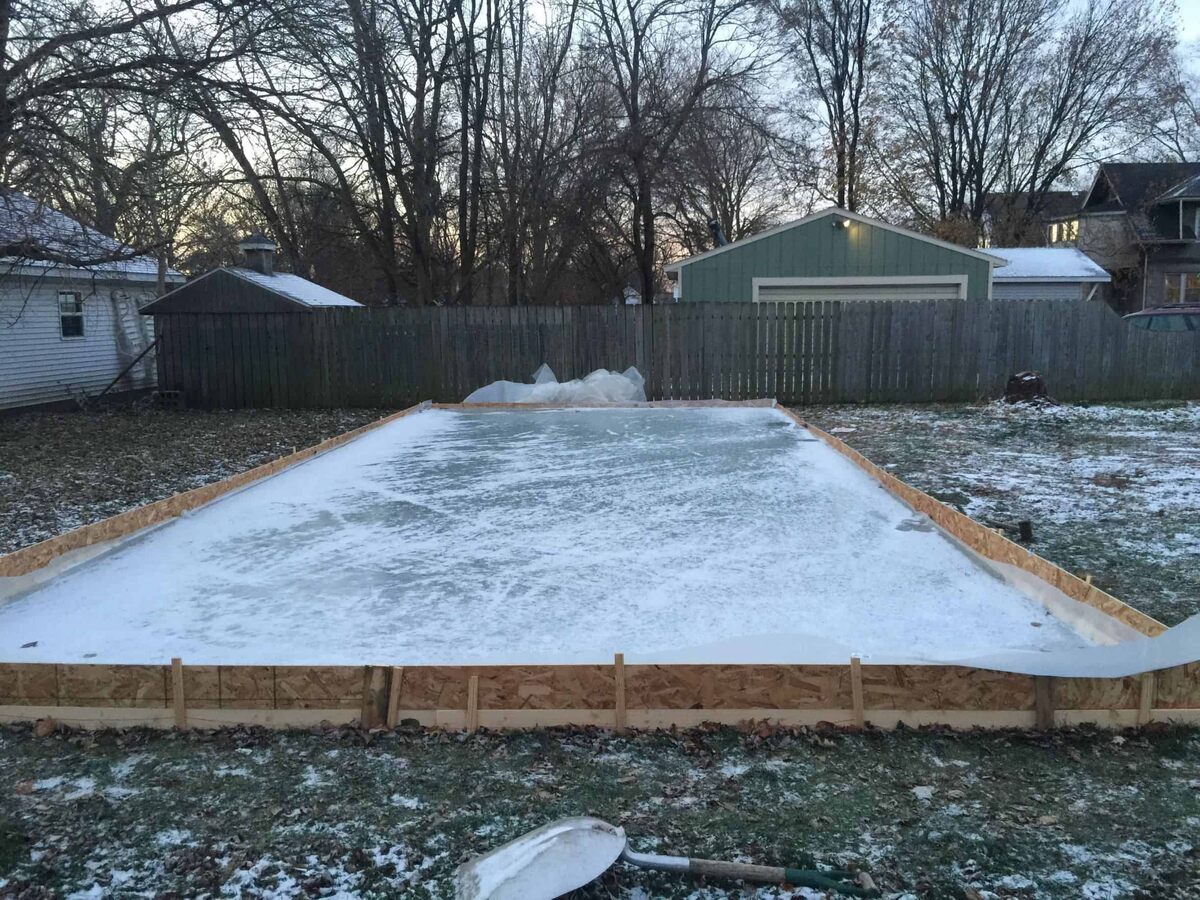

Outdoor Furniture
How To Build An Outdoor Ice Rink
Modified: February 18, 2024
Learn how to build an outdoor ice rink with our expert tips and advice. Create a fun and exciting space for your family and friends to enjoy. Discover the best outdoor furniture, design ideas, and more.
(Many of the links in this article redirect to a specific reviewed product. Your purchase of these products through affiliate links helps to generate commission for Storables.com, at no extra cost. Learn more)
Introduction
Are you ready to bring the joy of ice skating to your own backyard? Building an outdoor ice rink is a fantastic way to create lasting memories with family and friends during the winter months. Whether you're a seasoned ice enthusiast or a newcomer to the world of outdoor rink construction, this guide will walk you through the process, from selecting the perfect location to maintaining the ice for optimal skating conditions.
Constructing an outdoor ice rink is a rewarding project that offers countless hours of entertainment and exercise. Imagine the delight on your loved ones' faces as they glide across the glistening ice under the open sky, surrounded by the crisp winter air. From casual skating sessions to lively hockey games, your backyard rink will become a hub of wintertime fun and laughter.
In this comprehensive guide, you'll learn the essential steps to create your very own outdoor ice rink. We'll explore the crucial factors to consider when choosing the ideal location, the materials and tools required for the construction process, and the step-by-step procedures for preparing the ground, building the frame, installing the liner, and filling the rink. Additionally, we'll delve into the crucial aspects of maintaining the ice to ensure its longevity and optimal skating conditions.
Whether you're a dedicated DIY enthusiast seeking a new winter project or a family looking to enhance your outdoor living space, building an outdoor ice rink is an exciting endeavor that promises endless enjoyment. So, roll up your sleeves, gather your supplies, and let's embark on this thrilling journey to create a winter wonderland in your own backyard.
Key Takeaways:
- Building an outdoor ice rink is a fun and rewarding project that brings joy and laughter to family and friends during the winter months. It’s a great way to create lasting memories and enjoy the simple pleasure of skating.
- Selecting the right location, gathering materials and tools, and carefully preparing the ground are essential steps in creating a backyard ice rink. With attention to detail and proactive maintenance, your rink will be a source of endless winter fun.
Read more: How Do You Build An Outdoor Ice Rink
Choosing the Right Location
When embarking on the construction of an outdoor ice rink, selecting the optimal location is paramount to the success and enjoyment of your skating haven. The ideal spot should be level, well-drained, and free from obstructions such as overhanging branches or protruding roots. Additionally, consider the availability of natural shade to help regulate the ice temperature and minimize the impact of direct sunlight.
It’s essential to assess the dimensions of the area to ensure that it can accommodate the desired rink size while allowing sufficient space for skaters to maneuver comfortably. A generally accepted rule of thumb is to allocate at least 20 by 40 feet for a recreational skating rink, although this can vary based on individual preferences and available space.
Furthermore, proximity to a water source for filling the rink and a convenient power supply for potential lighting or maintenance equipment should be factored into your decision. Additionally, consider the potential impact on neighboring properties and ensure that the location complies with any local regulations or homeowner association guidelines.
By carefully evaluating these factors, you can identify the perfect location for your outdoor ice rink, setting the stage for a seamless and enjoyable construction process and, ultimately, a winter oasis for skating enthusiasts of all ages.
Gathering Materials and Tools
Before diving into the construction of your outdoor ice rink, it’s crucial to gather all the necessary materials and tools. The specific requirements may vary based on the size and design of your rink, but there are fundamental items that are essential for the project.
First and foremost, you’ll need a high-quality liner that is durable and puncture-resistant to contain the water and form the base of the rink. Additionally, consider acquiring a sturdy frame to support the liner and maintain the rink’s shape. This can be achieved using materials such as lumber, PVC piping, or metal brackets, depending on your preference and the availability of resources.
For the installation and maintenance of the rink, a reliable water source, such as a hose connected to a nearby spigot, is indispensable. Furthermore, a means of leveling the ground, such as a shovel or a small tractor, will be necessary to ensure a smooth and even surface for the rink.
When it comes to tools, a measuring tape, a level, and a hammer will be indispensable for accurately positioning and securing the frame. Additionally, a utility knife or scissors will be essential for trimming the liner to fit the rink’s dimensions, while a drill may be required for assembling the frame if you opt for a more complex design.
Lastly, consider any additional features you may want to incorporate, such as boards for hockey or decorative elements to enhance the rink’s aesthetics. By gathering these materials and tools in advance, you can streamline the construction process and ensure that you have everything you need to bring your outdoor ice rink to life.
Preparing the Ground
Before commencing the construction of your outdoor ice rink, it’s essential to prepare the ground to ensure a stable foundation and optimal skating surface. The first step in this process is to clear the designated area of any debris, such as rocks, branches, and vegetation, that could puncture the liner or create unevenness in the rink’s base.
Once the area is clear, use a measuring tape and a level to assess the ground’s flatness and identify any areas that may require additional attention. If the ground is uneven, consider using a shovel or a small tractor to fill in low spots and level out any irregularities. This step is crucial in creating a smooth and uniform surface for the rink.
After leveling the ground, compact the soil to enhance its stability and prevent shifting during the filling and freezing stages. This can be achieved by using a roller or a compacting tool to firmly press the soil, ensuring that it can support the weight of the water and ice without sinking or shifting.
Once the ground is adequately prepared, it’s essential to lay a protective barrier, such as a tarp or a layer of sand, to shield the liner from potential damage caused by sharp objects or rough surfaces. This additional layer acts as a safeguard, prolonging the lifespan of the liner and preserving the integrity of the rink.
By meticulously preparing the ground, you lay the groundwork for a durable and well-constructed outdoor ice rink. This crucial step sets the stage for the subsequent phases of the construction process, ensuring that your rink is built on a solid and stable foundation, ready to withstand the joys of winter skating.
Building the Frame
Constructing a sturdy and well-designed frame is essential for providing structure and support to your outdoor ice rink. The frame serves as the backbone of the rink, holding the liner in place and maintaining the desired dimensions and shape. Depending on your preferences and the available resources, there are various methods for building the frame, each with its unique advantages and considerations.
If you opt for a traditional approach, constructing the frame from lumber offers a reliable and customizable solution. Begin by measuring and cutting the lumber to the desired lengths, ensuring that the dimensions correspond to the planned size of the rink. Once the pieces are cut, secure them together using galvanized screws or nails, forming a rectangular or square perimeter that aligns with the rink’s dimensions.
Alternatively, PVC piping provides a lightweight and flexible option for constructing the frame. This material is easily maneuverable and can be assembled using connectors to create the desired shape and size. PVC frames offer the advantage of easy disassembly for storage and reusability in subsequent seasons.
For those seeking a more streamlined and durable solution, metal brackets can be utilized to construct a robust frame. These brackets are designed to interlock and create a secure perimeter for the rink, offering stability and longevity. While this option may require additional investment, it provides a long-lasting and low-maintenance frame for your outdoor ice rink.
Regardless of the chosen method, it’s imperative to ensure that the frame is level and securely anchored to the ground to prevent shifting or misalignment. This can be achieved by using stakes or anchors to secure the frame in place, maintaining its stability throughout the filling and freezing stages.
By carefully constructing a robust frame, you establish the structural integrity of your outdoor ice rink, setting the stage for the subsequent steps of the construction process. With the frame in place, your vision of a winter wonderland in your backyard is one step closer to becoming a reality.
When building an outdoor ice rink, make sure the ground is level and smooth to prevent uneven freezing. Also, use a tarp or liner to contain the water and prevent it from seeping into the ground.
Read more: How To Make Outdoor Ice Rink
Installing the Liner
With the frame securely in place, the next crucial step in constructing your outdoor ice rink is the installation of the liner. The liner forms the foundation of the rink, containing the water and providing a barrier to facilitate the freezing process. Proper installation of the liner is essential for ensuring a watertight seal and a smooth skating surface.
Begin by carefully unfolding the liner and positioning it within the frame, ensuring that it extends to the edges and corners with a slight overlap. It’s important to handle the liner with care to avoid tears or punctures that could compromise its integrity. If necessary, enlist the help of others to ensure that the liner is positioned evenly and tautly across the frame.
Once the liner is in place, secure it to the frame using clamps or fasteners, ensuring that it is held firmly in position. This step is crucial for preventing the liner from shifting or bunching during the filling process, which could result in an uneven ice surface.
After securing the liner, carefully trim any excess material, ensuring that it aligns with the perimeter of the frame. This precision ensures that the liner fits snugly within the frame, creating a seamless and uniform base for the ice rink.
As a final precaution, inspect the liner for any potential points of vulnerability, such as tears, punctures, or loose edges. Address any issues promptly to maintain the integrity of the liner and prevent water leakage during the filling process.
By meticulously installing the liner, you establish the groundwork for a well-constructed and watertight outdoor ice rink. With the liner in place, the stage is set for the next phase of the construction process, bringing you one step closer to transforming your backyard into a winter wonderland for skating and enjoyment.
Filling the Rink
As the construction of your outdoor ice rink nears completion, the time has come to fill the liner with water and initiate the process of transforming your backyard into a winter skating paradise. Filling the rink is a pivotal step that requires careful attention to detail to ensure a smooth and even ice surface that is conducive to skating and enjoyment.
Begin by connecting a reliable water source, such as a hose connected to a nearby spigot, and carefully introduce water into the liner. It’s essential to fill the rink gradually, allowing the water to spread evenly and minimize the risk of creating air pockets or uneven freezing. This deliberate approach lays the foundation for a solid and uniform ice surface.
As the water level rises, periodically inspect the liner for any signs of shifting or bulging, adjusting the flow of water as needed to maintain a consistent and level surface. This vigilance ensures that the water distributes evenly, setting the stage for a well-structured and sturdy ice rink.
Once the rink is filled to the desired depth, allow the water to settle and reach a state of equilibrium before the freezing process begins. This period of stillness enables the water to level out and prepare for the transformation into a solid sheet of ice.
As the water gradually freezes, monitor the rink’s progress and be mindful of any potential disruptions, such as fluctuating temperatures or debris that may compromise the quality of the ice surface. By maintaining a watchful eye during the freezing process, you can address any issues promptly and ensure the creation of a smooth and resilient skating surface.
With the rink filled and the freezing process underway, the realization of your outdoor ice rink is within reach. The transformation of water into ice marks the culmination of your efforts, bringing to life a winter oasis in your own backyard where cherished memories and joyful skating experiences await.
Maintaining the Ice
Once your outdoor ice rink is complete and ready for skating, ongoing maintenance is essential to preserve the quality and integrity of the ice surface, ensuring optimal conditions for a seamless and enjoyable skating experience. By implementing a proactive maintenance routine, you can prolong the lifespan of the ice and address any potential issues that may arise throughout the skating season.
Regularly inspect the ice surface for any signs of wear, such as cracks, divots, or uneven areas, and address these issues promptly to maintain a smooth and safe skating environment. This can be achieved by using a shovel or a specialized ice resurfacer to level out the surface and eliminate imperfections that could impede skating.
Additionally, monitor the ice for any accumulations of snow or debris that may hinder the skating experience. Clearing the surface of snow and debris using a shovel or a snowblower ensures that skaters can enjoy a pristine and unobstructed rink, free from potential hazards or disruptions.
Throughout the skating season, monitor the ice’s thickness and quality, particularly during periods of fluctuating temperatures. In the event of thawing or melting, assess the ice’s condition and take appropriate measures to maintain its integrity, such as adding additional layers of water to reinforce the surface and promote optimal skating conditions.
Furthermore, be mindful of the impact of foot traffic and skating activity on the ice surface. Encourage skaters to refrain from engaging in activities that could damage the ice, such as excessive stopping or sharp turns, and implement guidelines to ensure the preservation of the rink for continued enjoyment.
By implementing a comprehensive maintenance regimen, you can uphold the quality and longevity of your outdoor ice rink, providing a safe and inviting space for skaters of all ages to revel in the joys of winter skating. With attentive care and regular maintenance, your backyard rink will continue to be a source of cherished memories and endless entertainment throughout the winter season.
Conclusion
As you embark on the journey of building an outdoor ice rink, you are not only creating a space for winter recreation but also fostering a hub of joy, laughter, and cherished memories. The process of constructing an outdoor ice rink is a labor of love that culminates in the transformation of your backyard into a winter wonderland, where the simple pleasure of skating takes center stage.
From carefully selecting the perfect location to meticulously preparing the ground, constructing the frame, installing the liner, and filling the rink, each step of the process is infused with anticipation and excitement. As the water freezes and the ice takes shape, your vision of a backyard skating paradise becomes a reality, beckoning family and friends to partake in the timeless delight of gliding across the glistening surface under the open sky.
With the completion of your outdoor ice rink, the journey continues through dedicated maintenance and attentive care, ensuring that the ice remains pristine and inviting for countless skating sessions and winter gatherings. The rink becomes a focal point for community, fostering connections and creating lasting memories that endure far beyond the winter season.
As the sun sets and the stars emerge, your backyard rink becomes a beacon of warmth and delight, drawing loved ones together for evenings of lighthearted skating and shared experiences. The sound of laughter and the crisp winter air intertwine, weaving a tapestry of moments that will be treasured for years to come.
Building an outdoor ice rink is more than a construction project; it’s a testament to the enduring magic of winter and the simple pleasures that bring us together. It’s a celebration of tradition, camaraderie, and the beauty of embracing the season’s offerings. As you embark on this journey, may your outdoor ice rink become a cherished space where the spirit of winter thrives, and the joy of skating knows no bounds.
Frequently Asked Questions about How To Build An Outdoor Ice Rink
Was this page helpful?
At Storables.com, we guarantee accurate and reliable information. Our content, validated by Expert Board Contributors, is crafted following stringent Editorial Policies. We're committed to providing you with well-researched, expert-backed insights for all your informational needs.
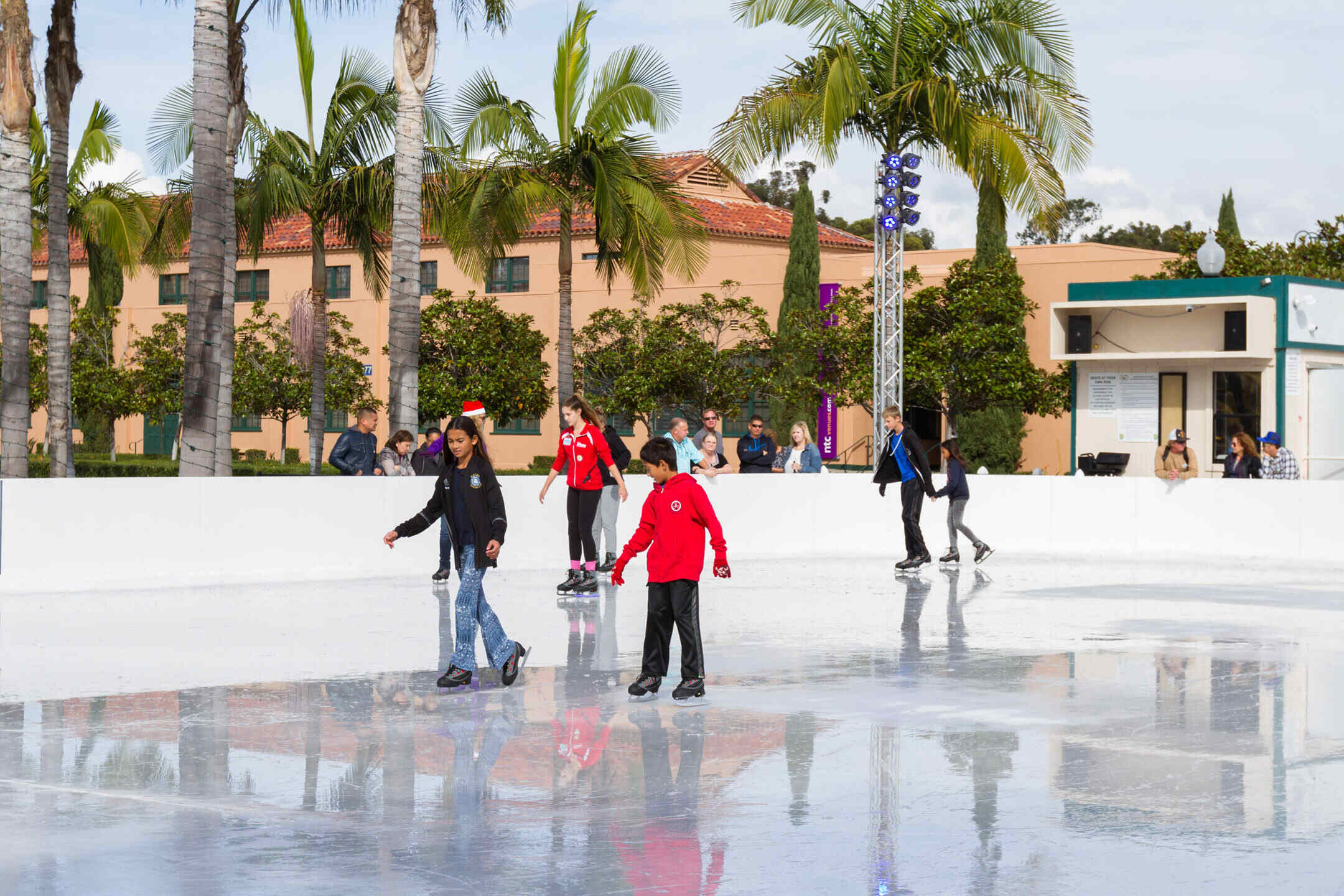
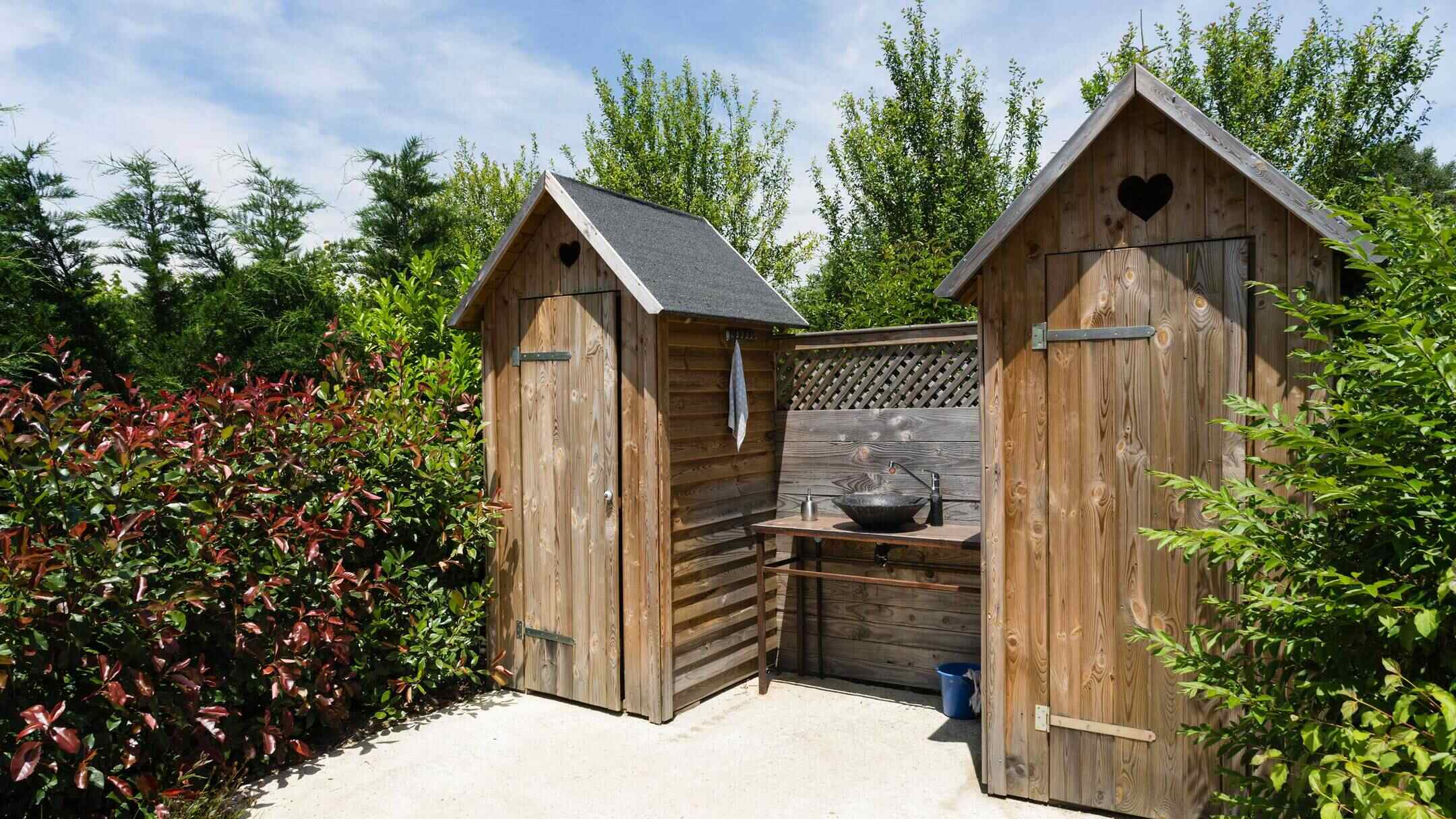
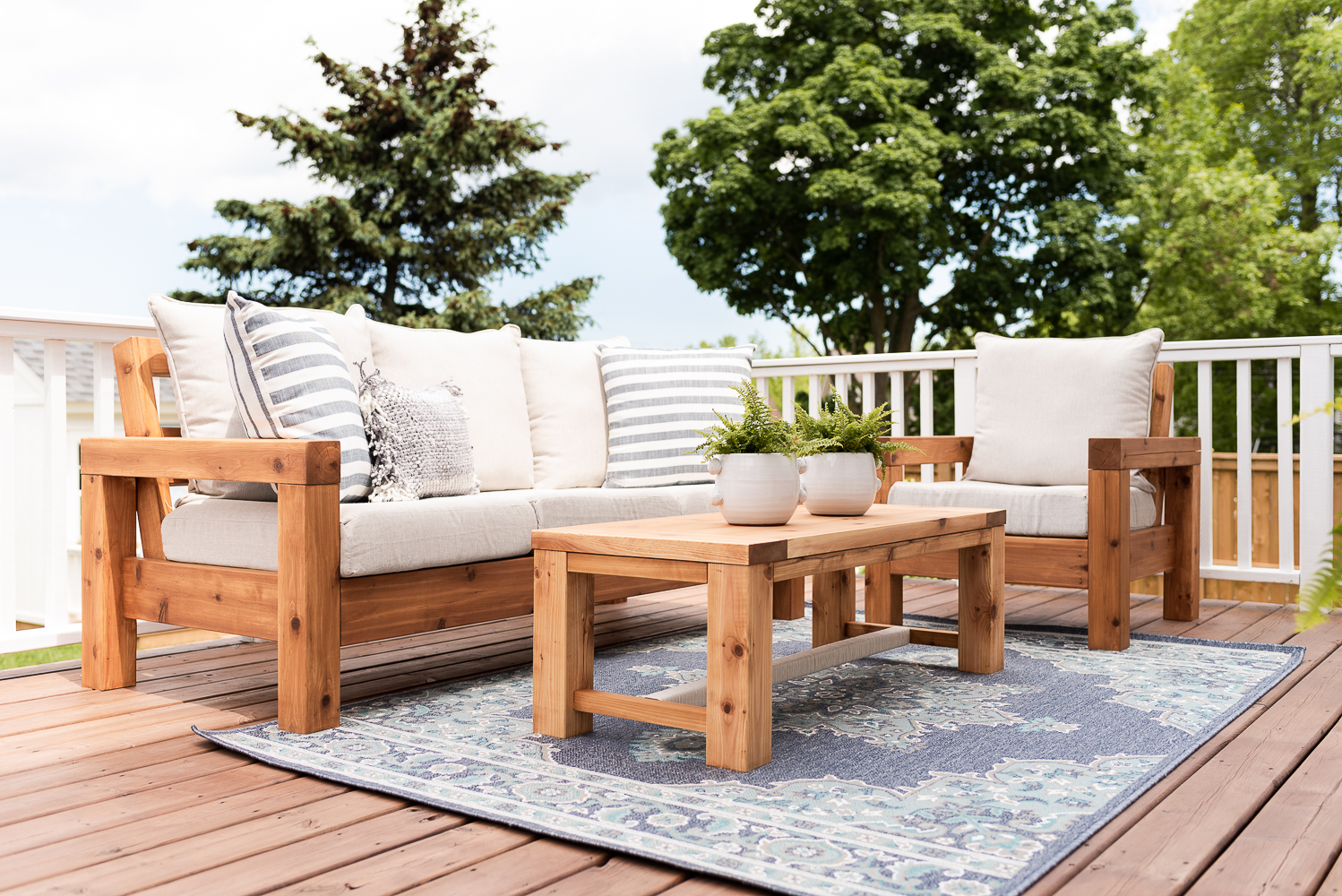
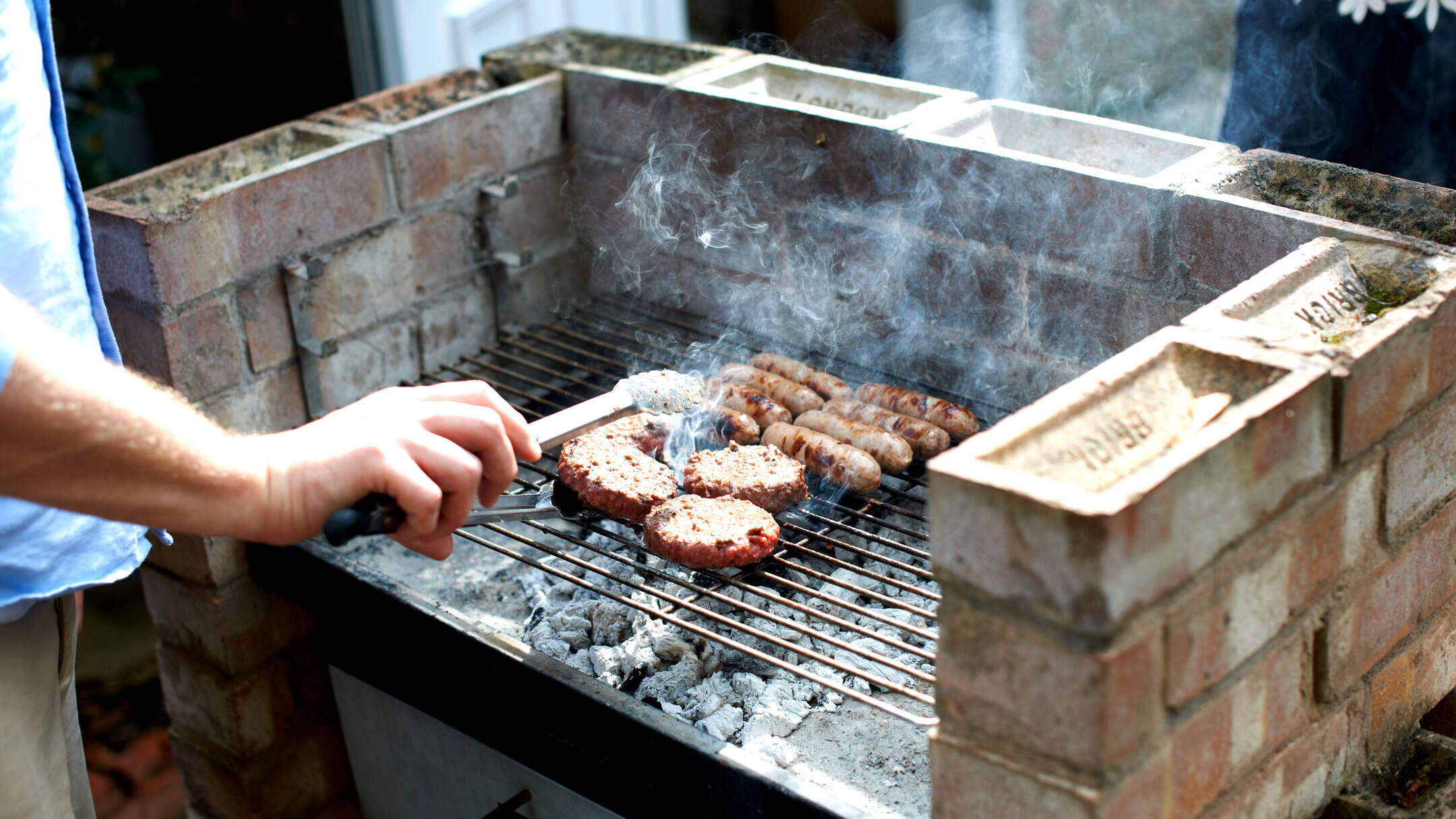

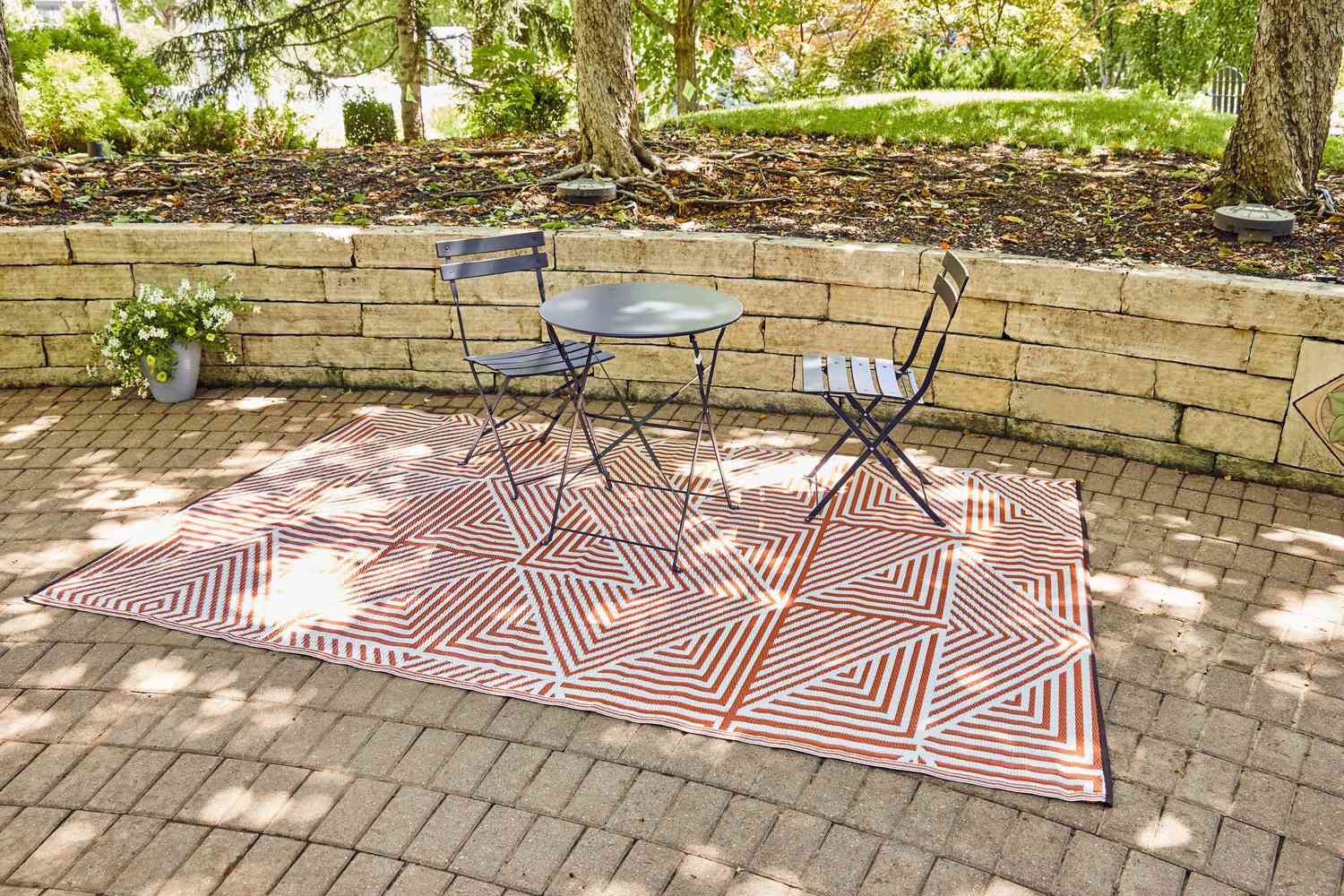
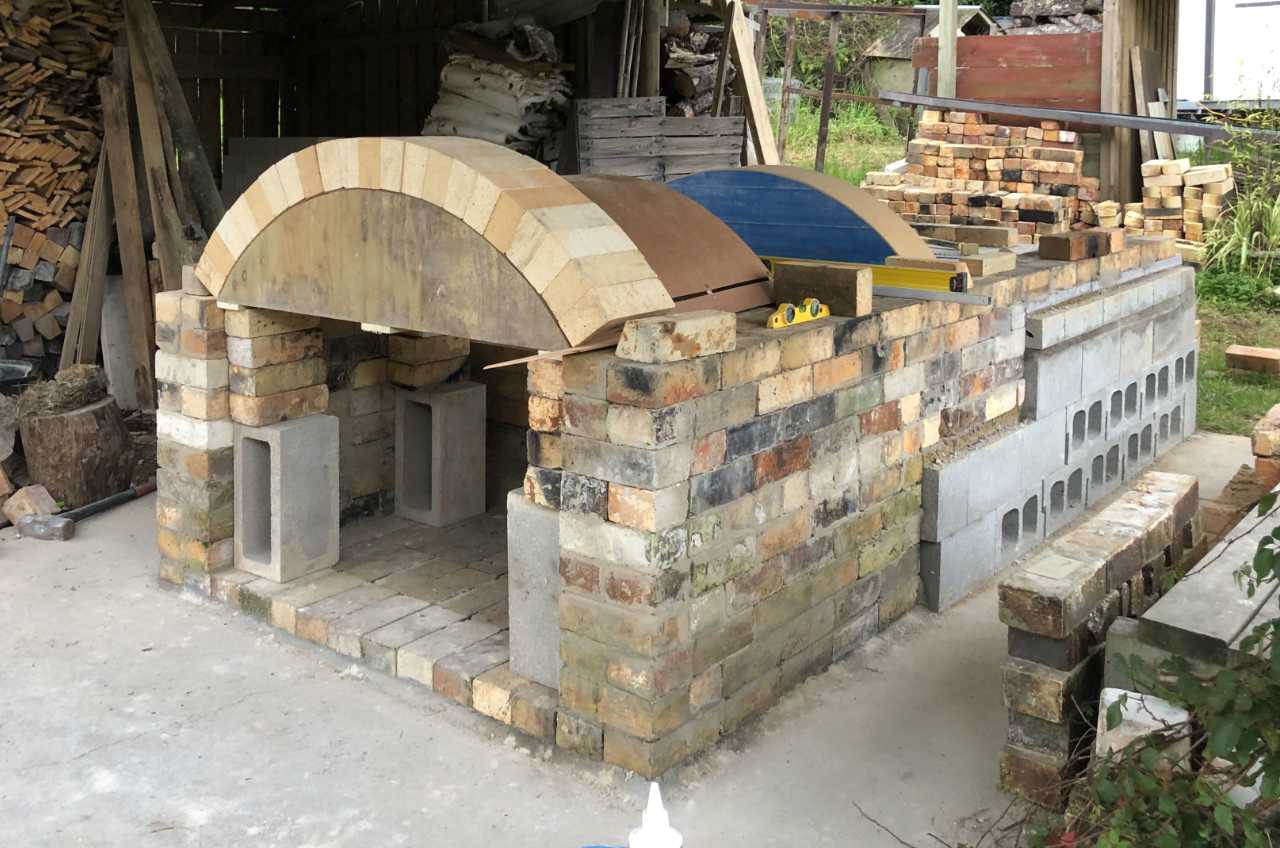
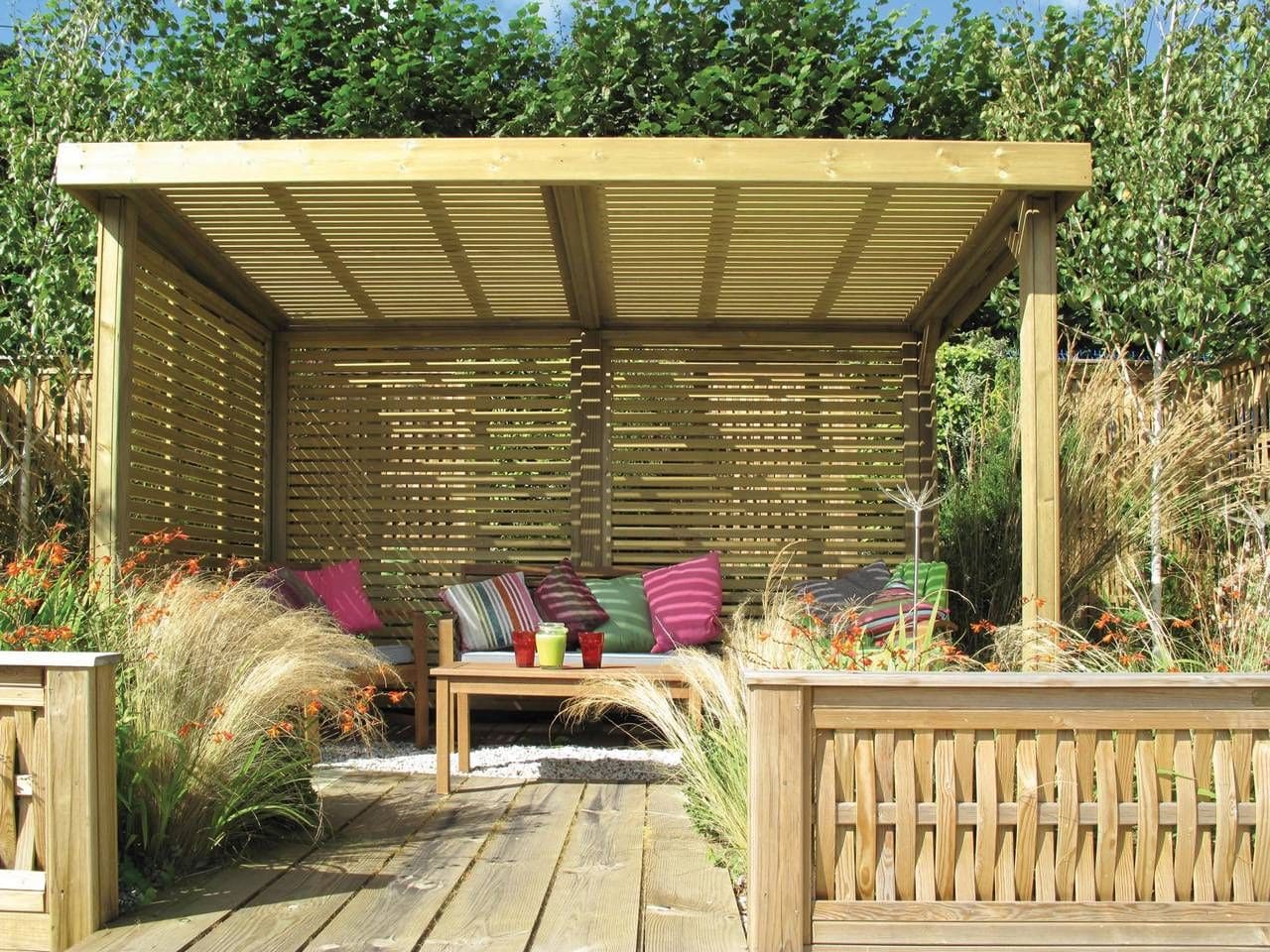
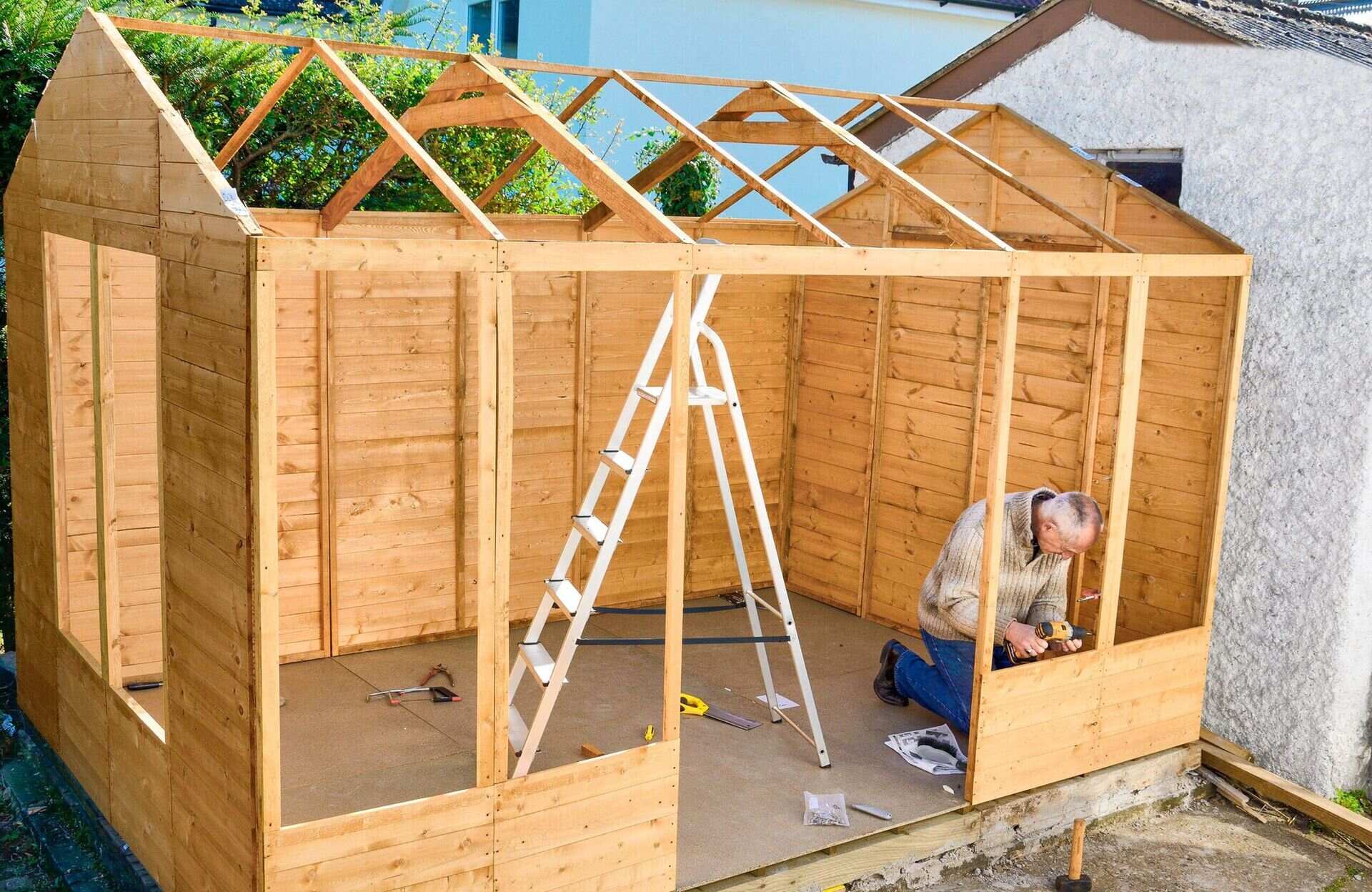
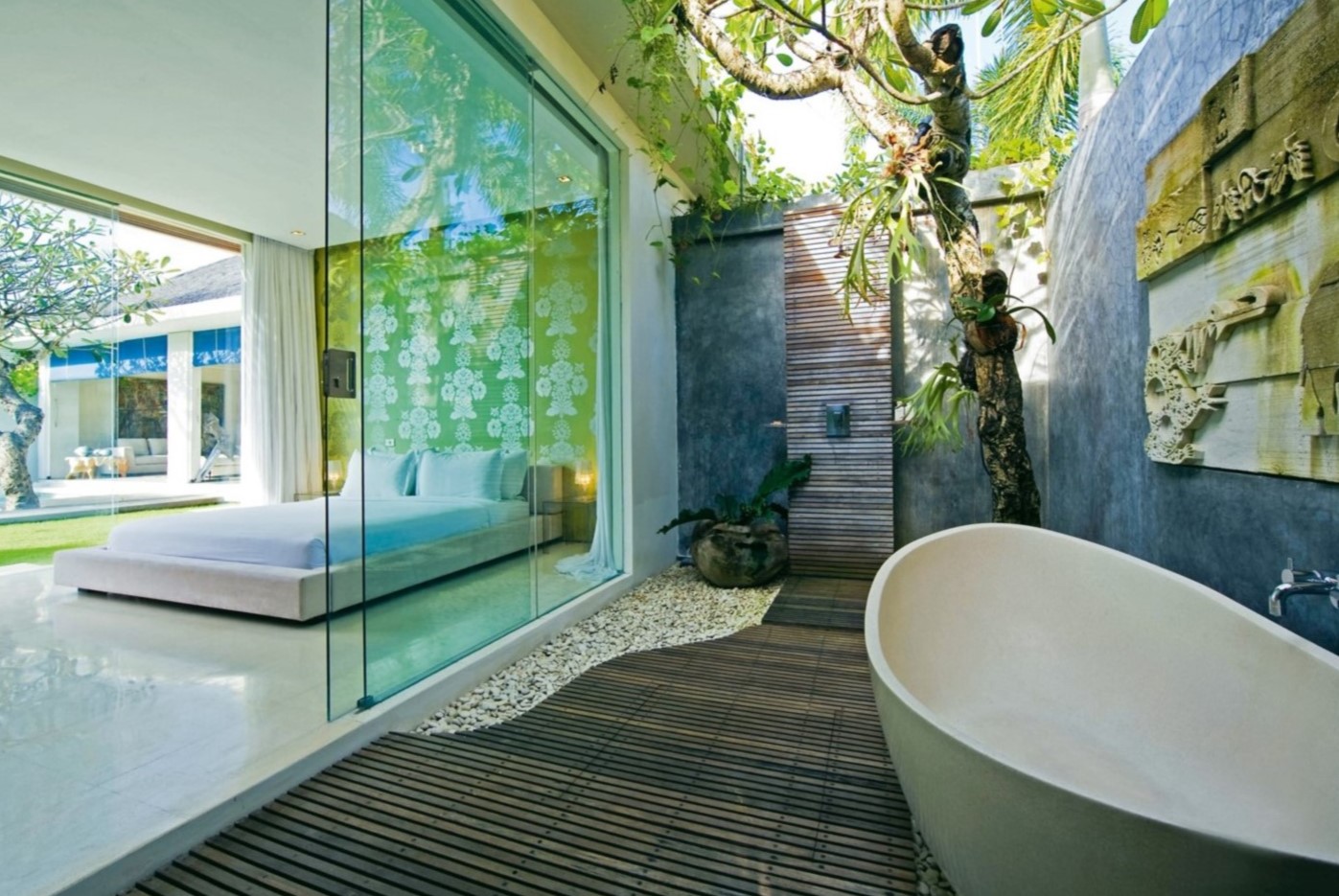
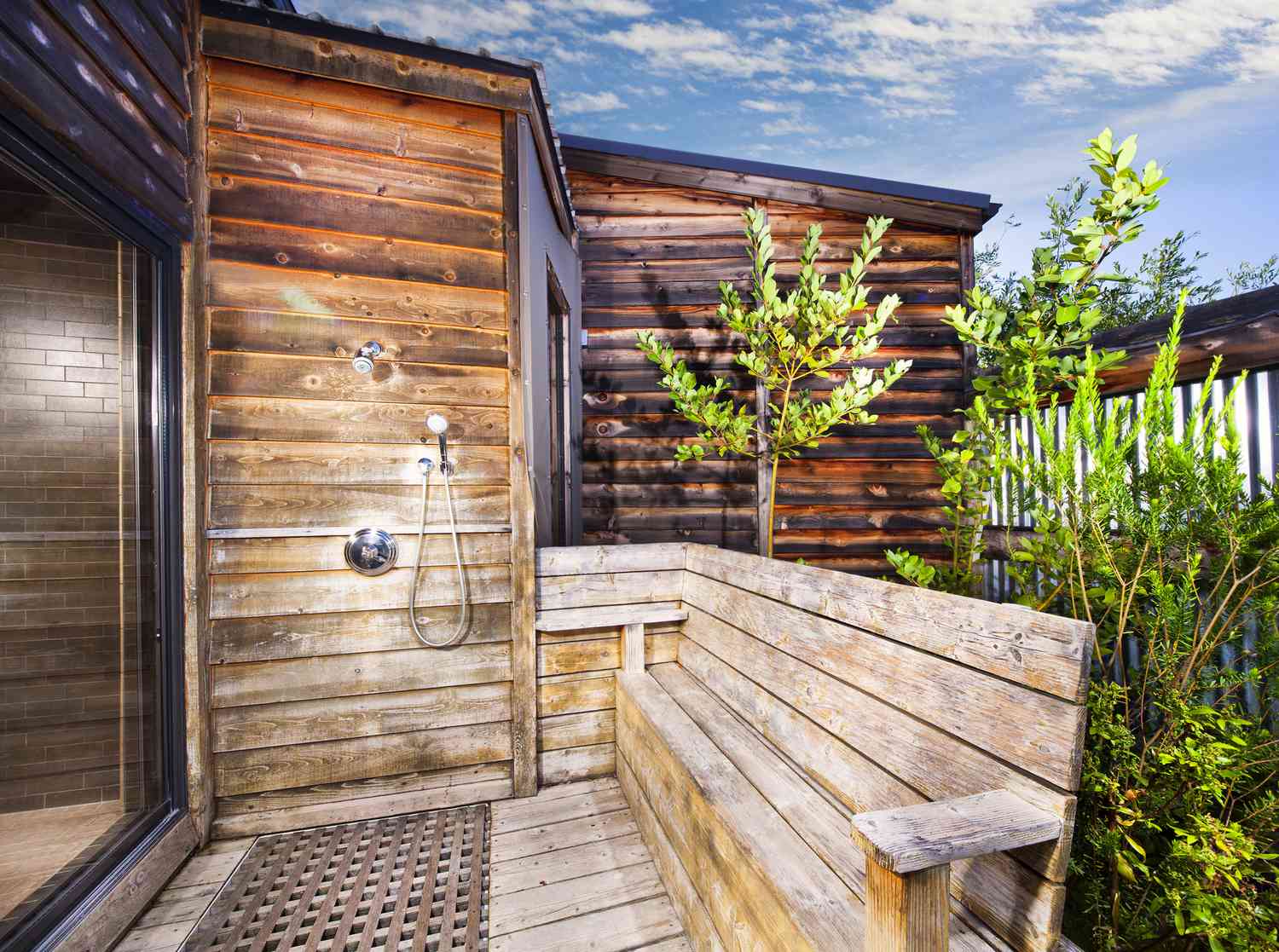
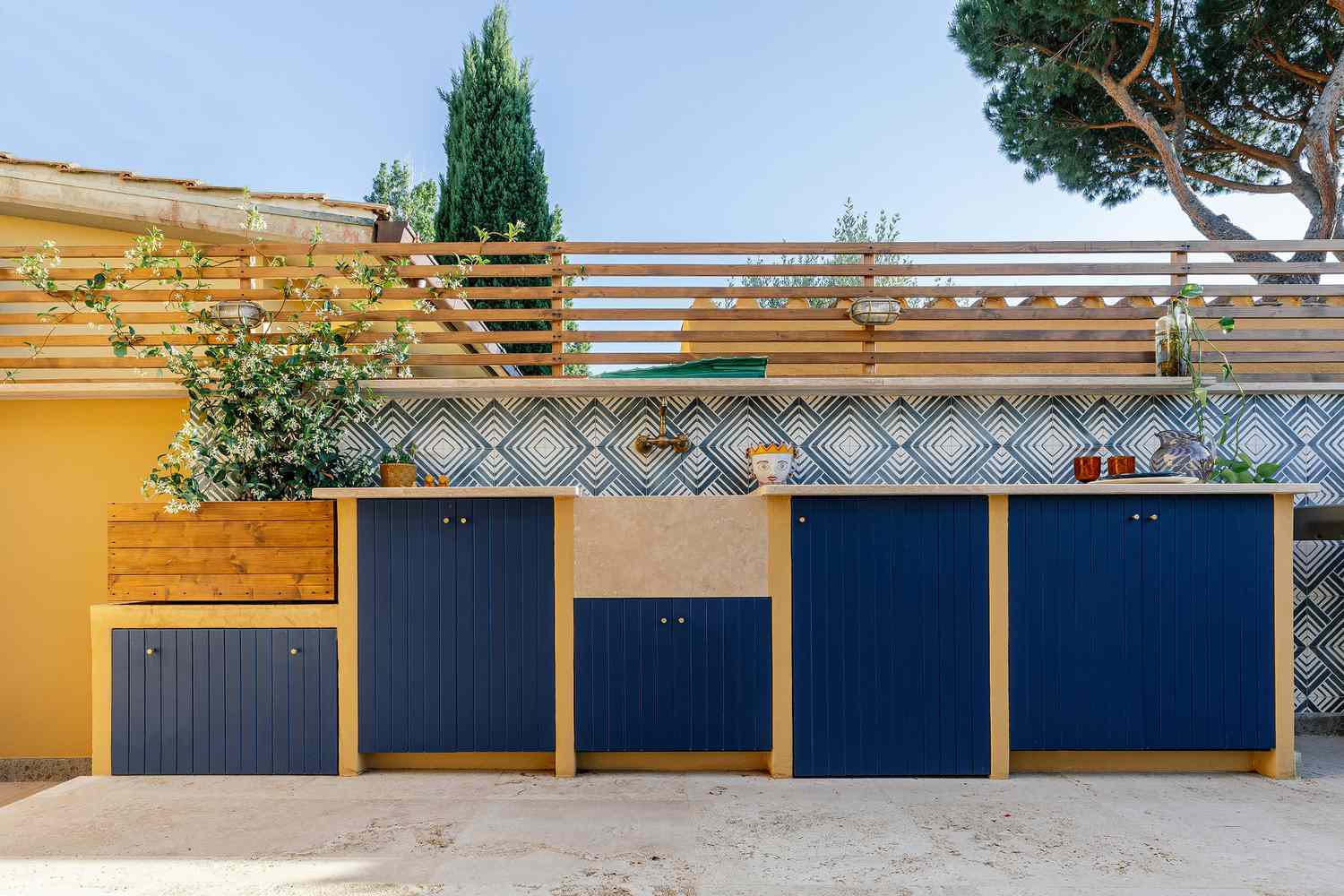
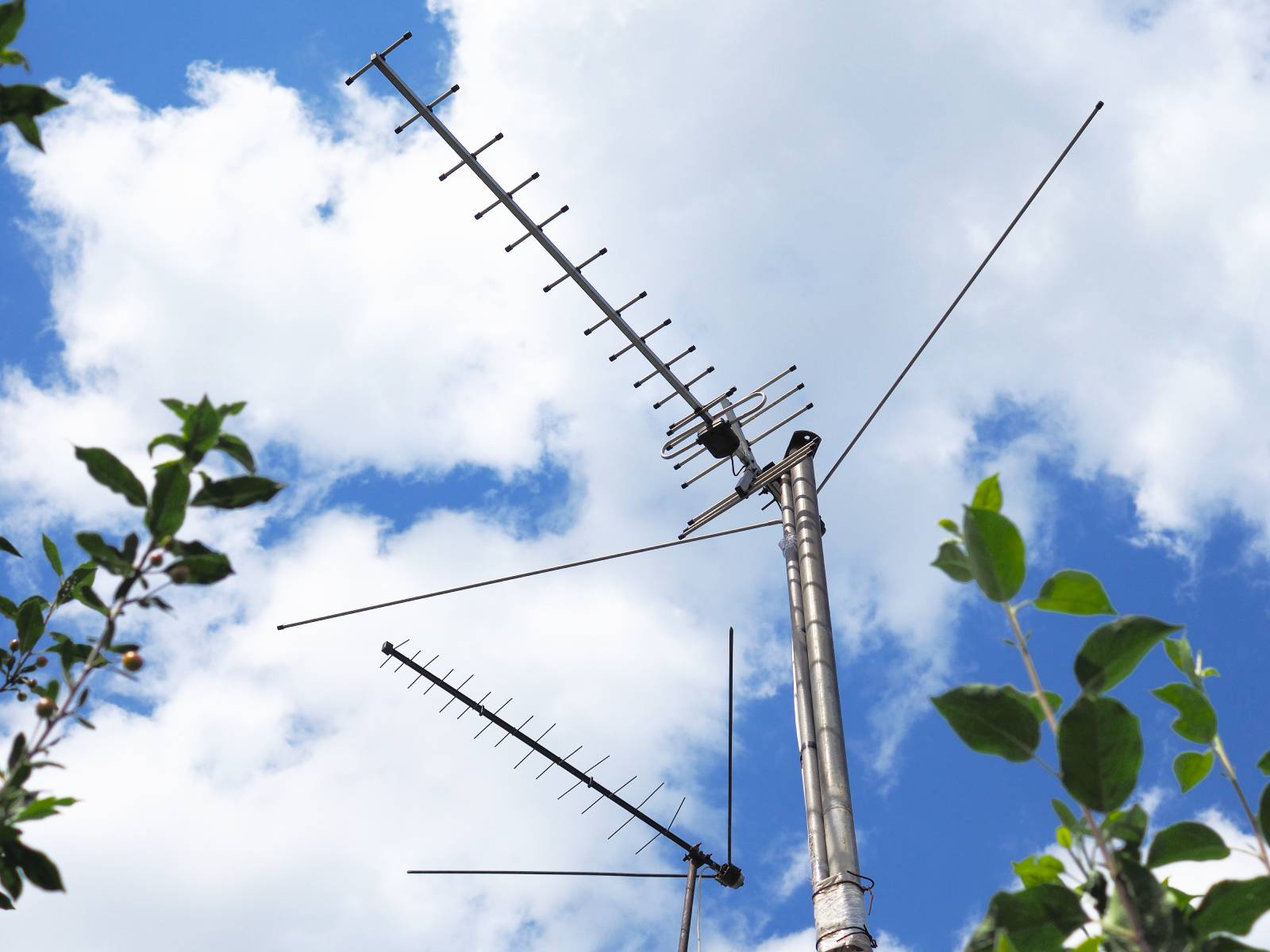
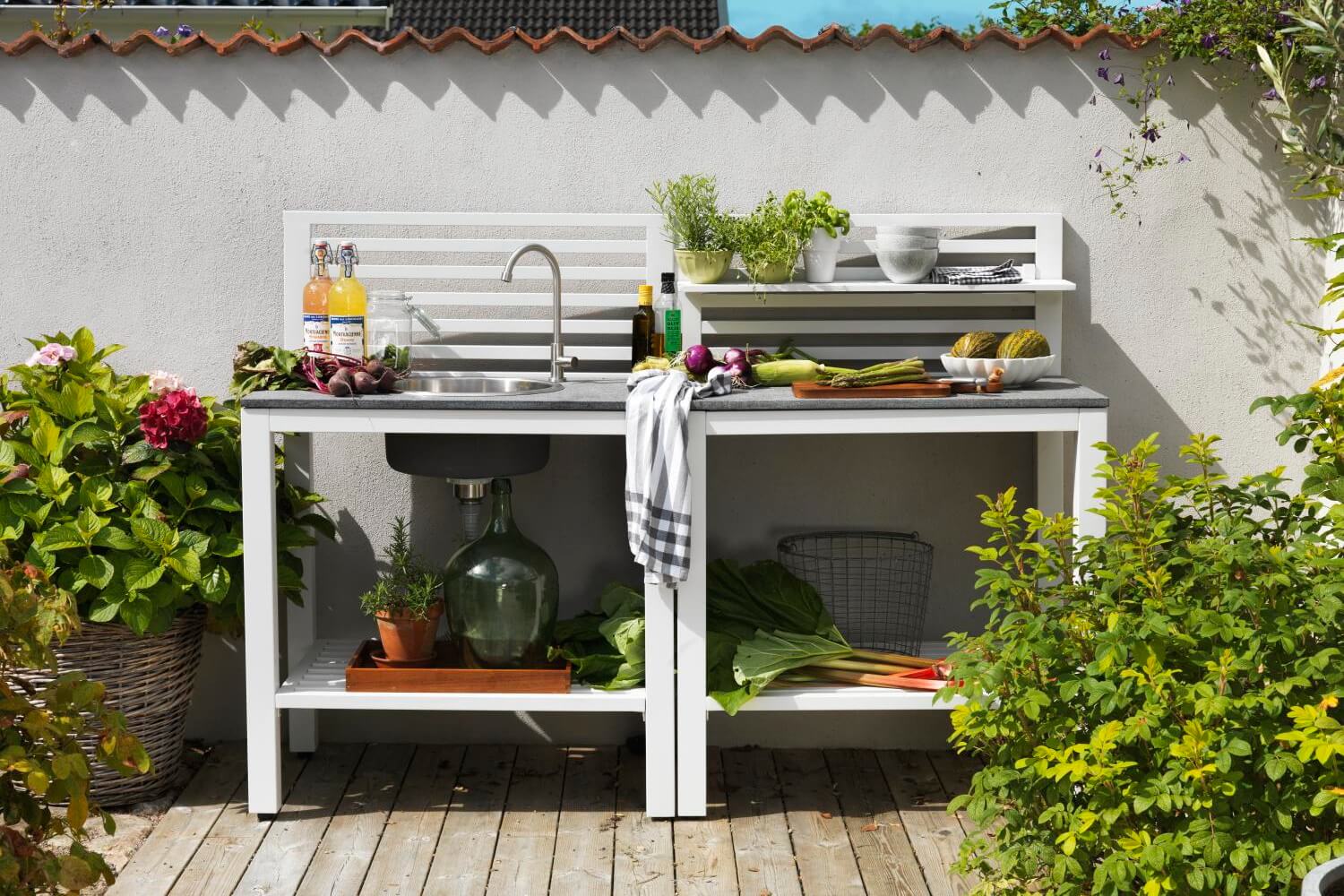

0 thoughts on “How To Build An Outdoor Ice Rink”